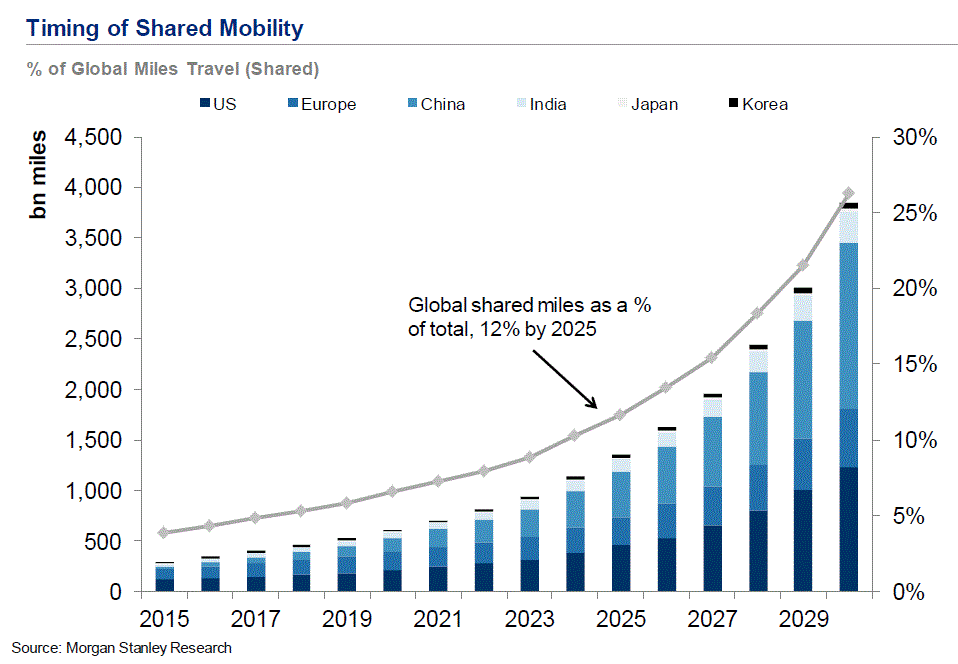
The 2015 National Survey on Drug Use and Health reported that of people 18 years or older, 86.4 percent have drunk alcohol at some time in their lives, 70.1 percent drank in the past year, and 56.0 percent drank in the past month ( SAMHSA, 2016). 1Īlcohol consumption, while intertwined with many social and cultural norms in the United States, is not uniform across all populations ( Babor, 2010a) and the overall prevalence of alcohol consumption varies.

The chapter concludes with a high-level overview of the existing drinking- and driving-specific interventions in place for addressing alcohol-impaired driving. The current alcohol and driving landscapes are discussed as the backdrop for alcohol-impaired driving. In this chapter, data on alcohol-impaired driving are discussed in depth, as well as the impacts and costs of crashes, injuries, and fatalities. For alcohol-impaired driving, there are two contexts that are especially salient and worth examining: the alcohol environment (e.g., social and cultural drinking norms, availability, pricing, and regulation) and the driving environment (e.g., road safety infrastructure, public transportation, and driving patterns).

This includes the trends and patterns of alcohol-impaired driving and the impacts and costs borne by society. To accelerate progress to reduce alcohol-impaired driving fatalities, it is important to understand the context in which these fatalities occur, as noted in the committee's conceptual framework (see Figure 1-5).


 0 kommentar(er)
0 kommentar(er)
